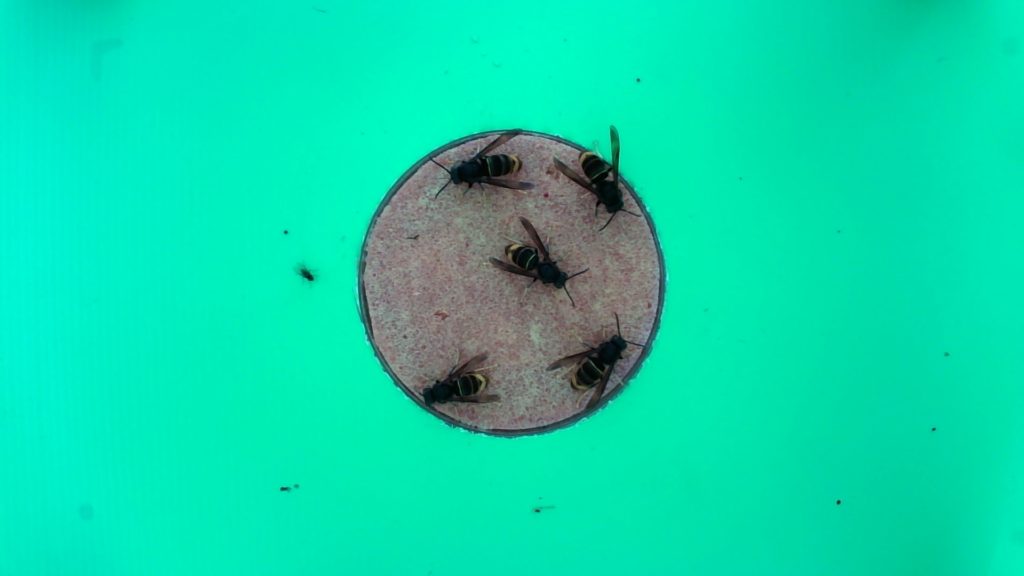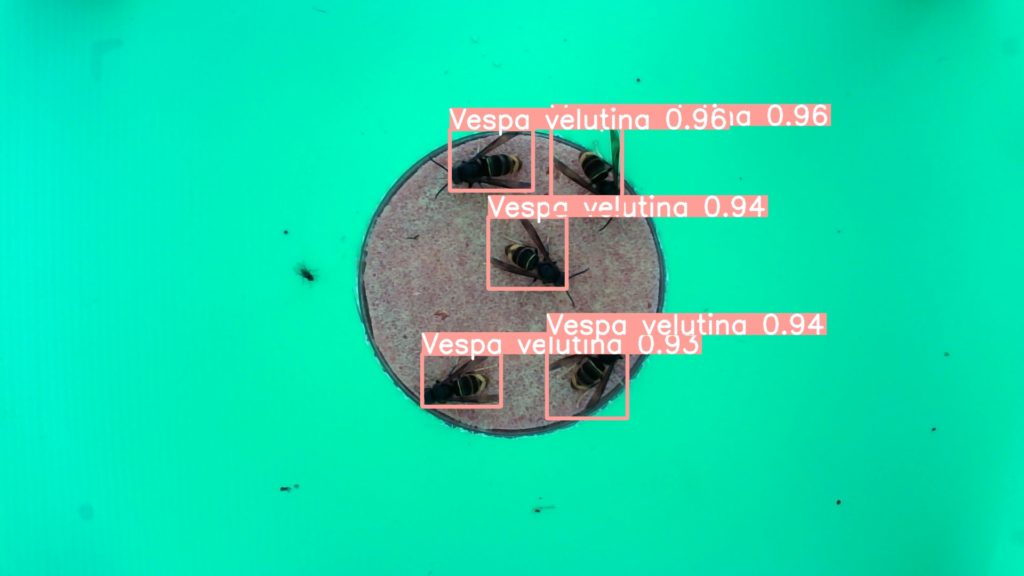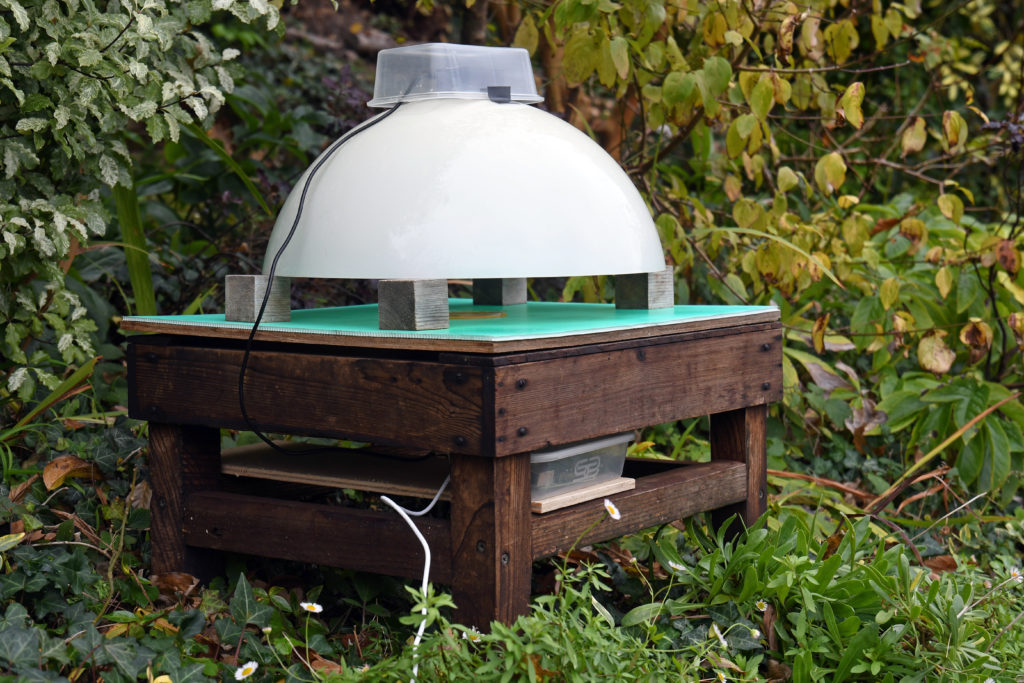Artificial Intelligence can be used to detect invasive Asian hornets and raise the alarm, new research shows.
University of Exeter researchers have developed VespAI, an automated system that attracts hornets to a monitoring station and captures standardised images using an overhead camera.
When an Asian hornet visits, VespAI can identify the species with almost perfect accuracy - allowing authorities to mount a rapid response.
Asian hornets (also known as yellow-legged hornets) have already invaded much of mainland Europe and parts of east Asia, and have recently been reported in the US states of Georgia and South Carolina.
The UK sits at the edge of the European invasion front, and with ongoing yearly incursions there is an urgent need for improved monitoring systems.
"Our goal was to develop something cost-effective and versatile, so anyone - from governments to individual beekeepers - could use it," said Dr Thomas O'Shea-Wheller, from the Environment and Sustainability Institute on Exeter's Penryn Campus in Cornwall.
"This study tested a prototype version, and the results were encouraging. VespAI shows promise as a robust early warning system to detect Asian hornet ingressions into new regions."
VespAI uses a compact processor to operate, and remains dormant unless its sensors identify an insect within the size range of a hornet.
If this happens, the system's AI algorithm activates, analysing the image to determine if it's an Asian hornet (Vespa velutina), or native European hornet (Vespa crabro). If an Asian hornet is detected, the monitor then sends an image alert to the user, allowing them to confirm the identification.


At present, the UK response strategy depends upon people seeing, identifying and reporting Asian hornets. However, this has some limitations.
"Unfortunately, the majority of reports submitted are misidentified native species, meaning that the responsible agencies have to manually validate thousands of images every year - our system thus aims to provide a vigilant, accurate and automated surveillance capability to remediate this," said Dr Peter Kennedy, who conceptualised the system.
"In some parts of Europe, detection relies on hornet trapping - but such traps kill a lot of native insects, and do little to impact Asian hornet numbers.
"VespAI does not kill non-target insects, and thus eliminates the environmental impact of trapping, while ensuring that live hornets can be caught and tracked back to the nest, which is the only effective way to destroy them."
During the project, the system was tested extensively on the island of Jersey, which experiences high numbers of Asian hornet incursions due to its proximity to France.
While this exposed the monitor to both Asian hornets, European hornets and a variety of other insects, VespAI's detection algorithm successfully distinguished between each of these, even when present in large numbers.

"That's the benefit of our system - its high accuracy means that it won't wrongly identify other species, or miss any Asian hornets that visit," said Dr O'Shea-Wheller.
The research project included both biologists and data scientists from the University of Exeter's Environment and Sustainability Institute, Centre for Ecology and Conservation and Institute for Data Science and Artificial Intelligence.
This year, the team will begin deploying additional prototypes in collaboration with Defra, the National Bee Unit, the British Beekeepers Association and Vita Bee Health.
With 2023 seeing record numbers of Asian hornet sightings in the UK, the system aims to bolster exclusion efforts at a potentially crucial juncture.
"The proposed device may prove a powerful tool in the early determination of the presence of Asian hornets in an area, and thereby fills an important gap," said Alistair Christie, Senior Scientific Officer for Invasive Species in Jersey, and part of the collaborative testing effort.
The project was funded by the Biotechnology and Biological Sciences Research Council (BBSRC), part of UKRI.






